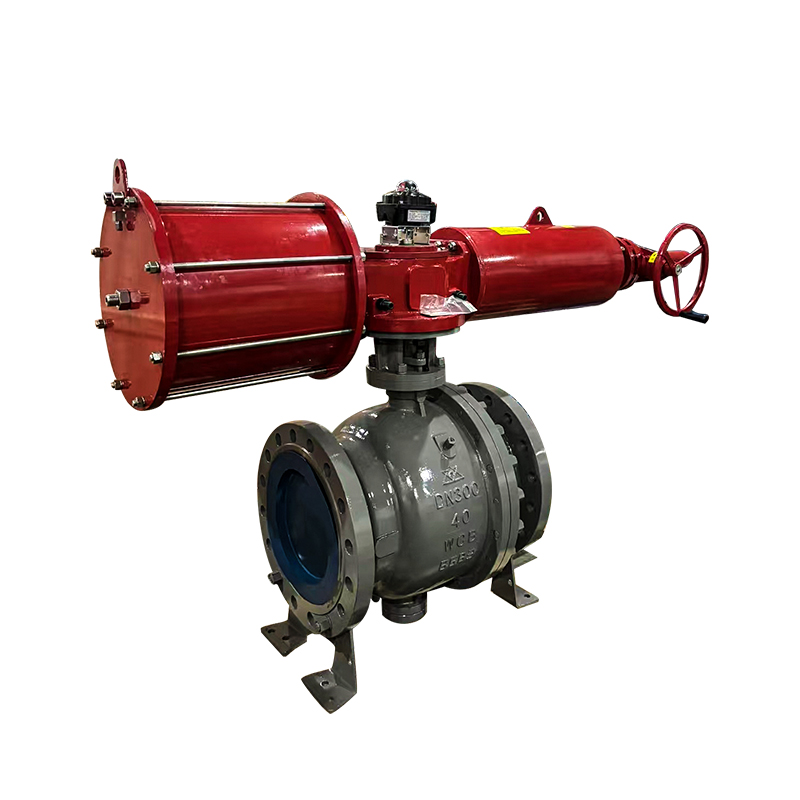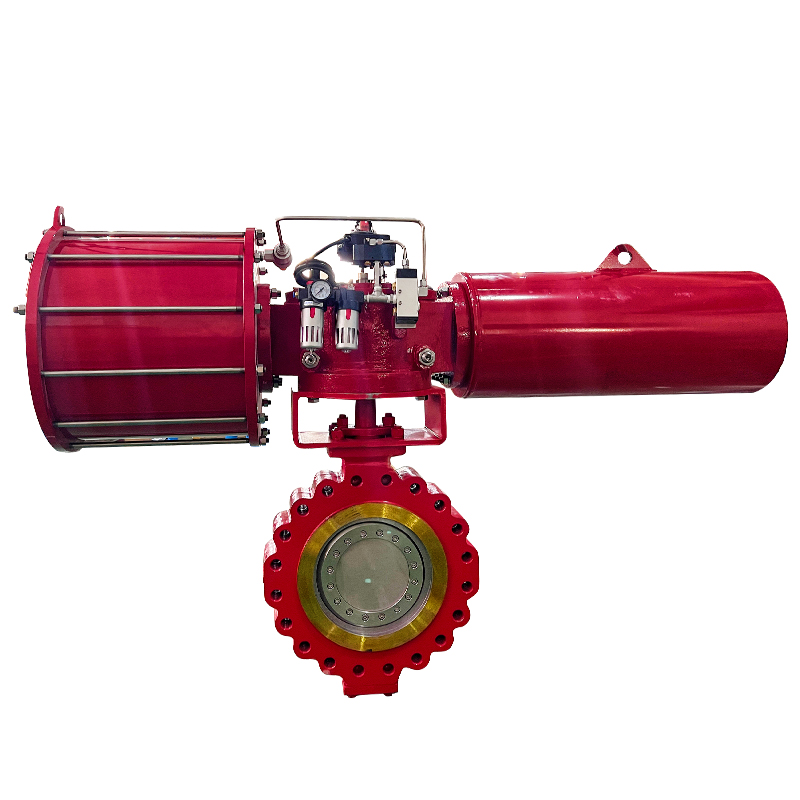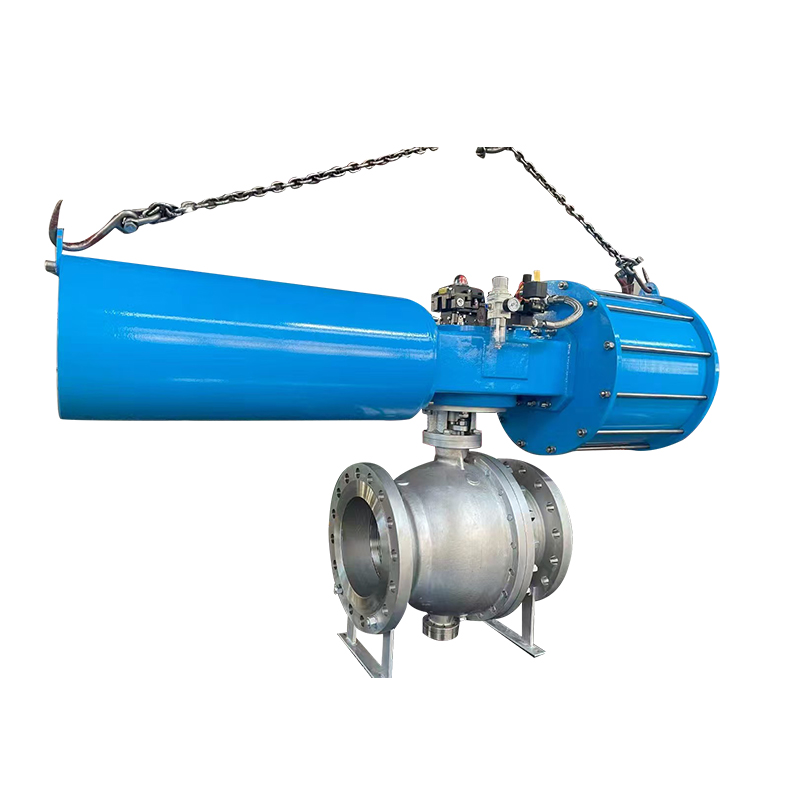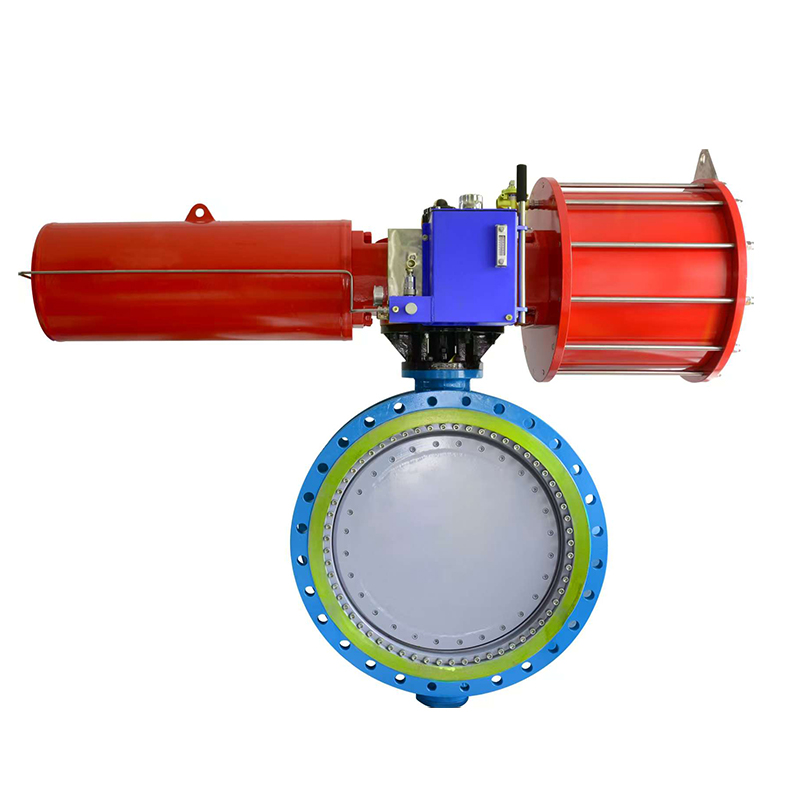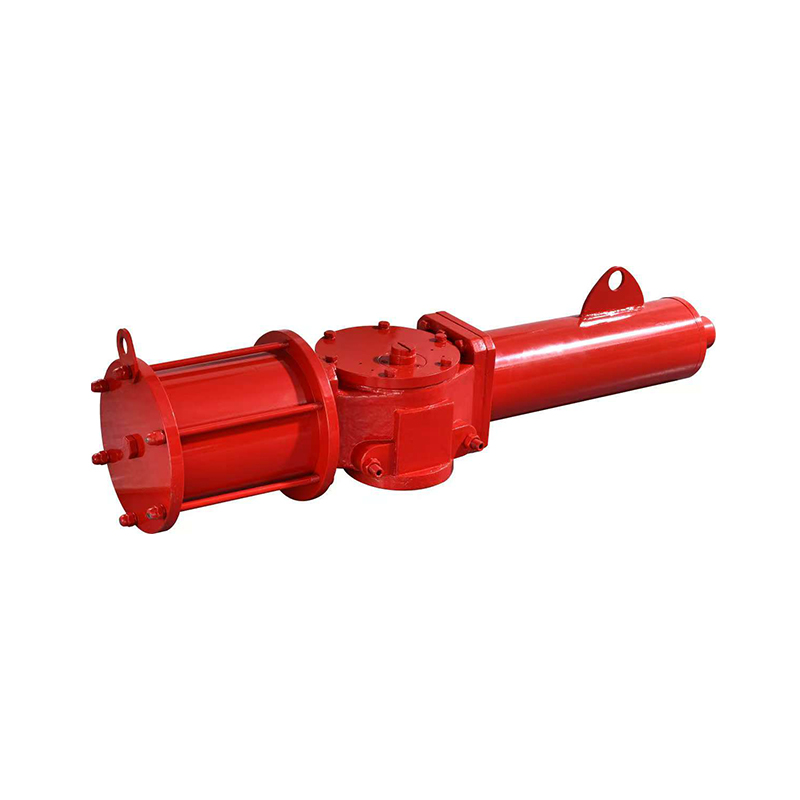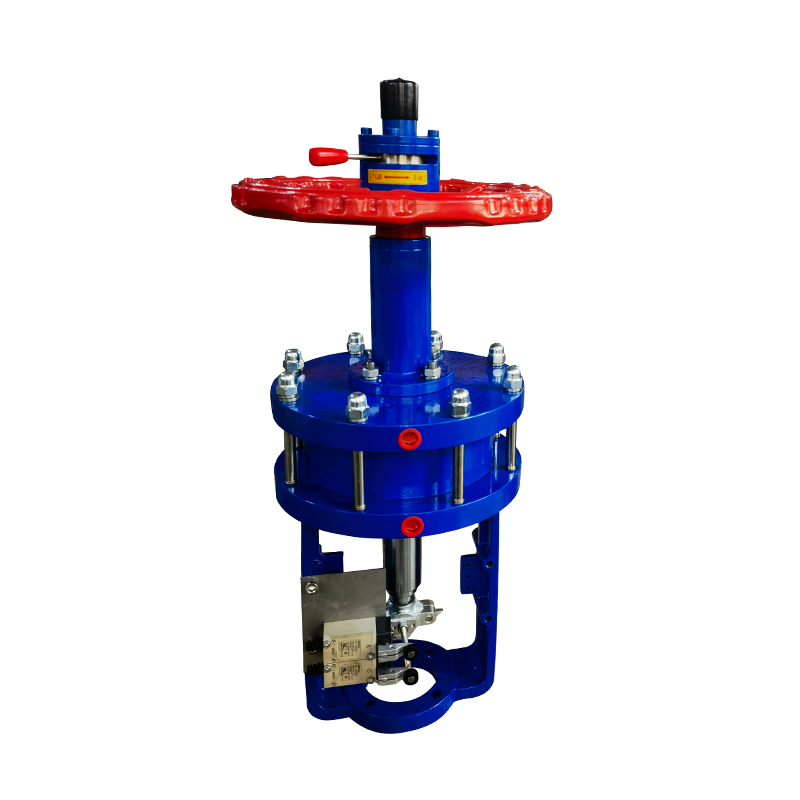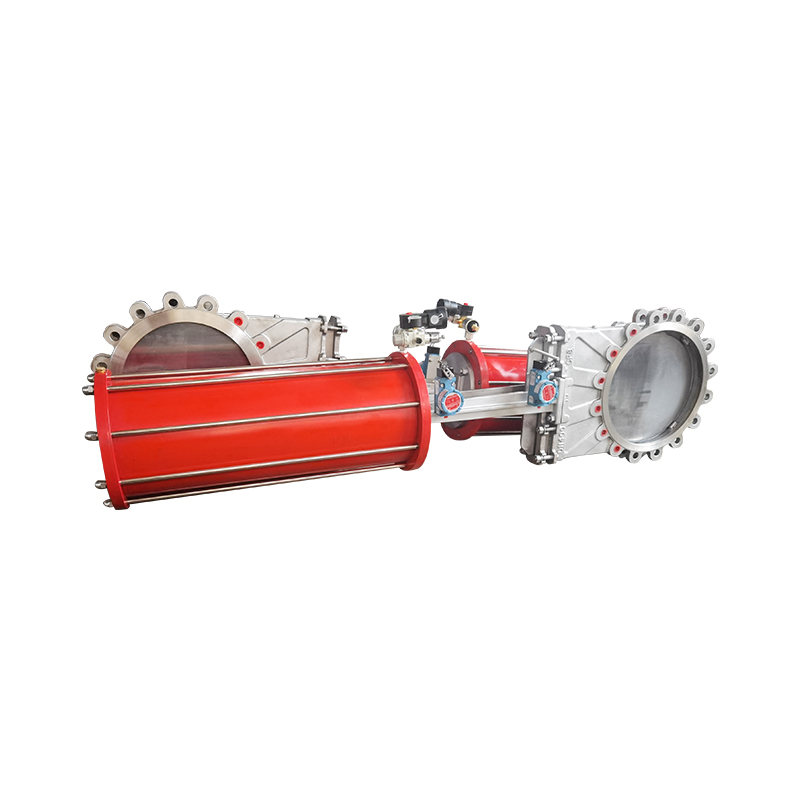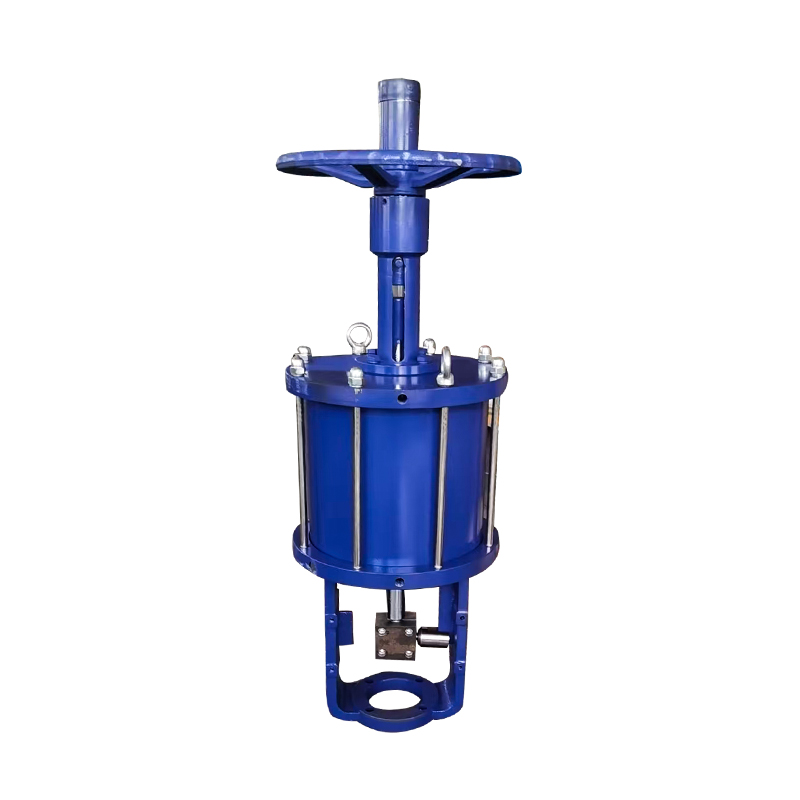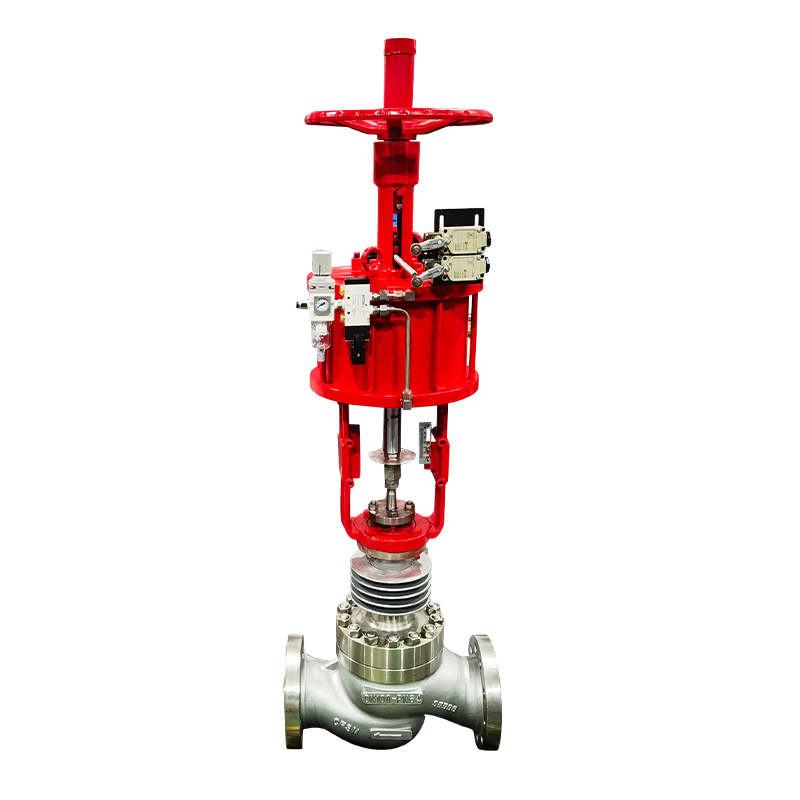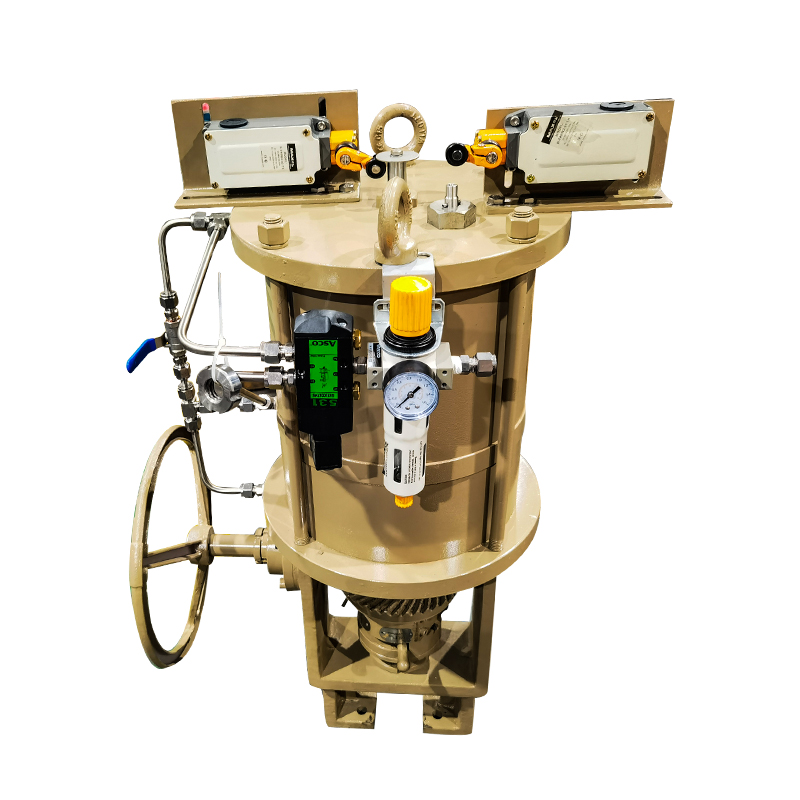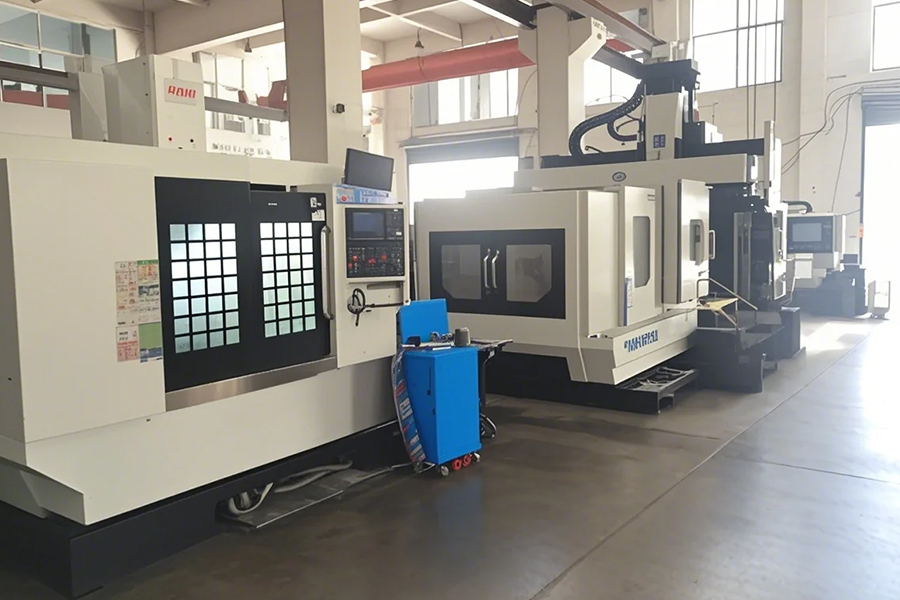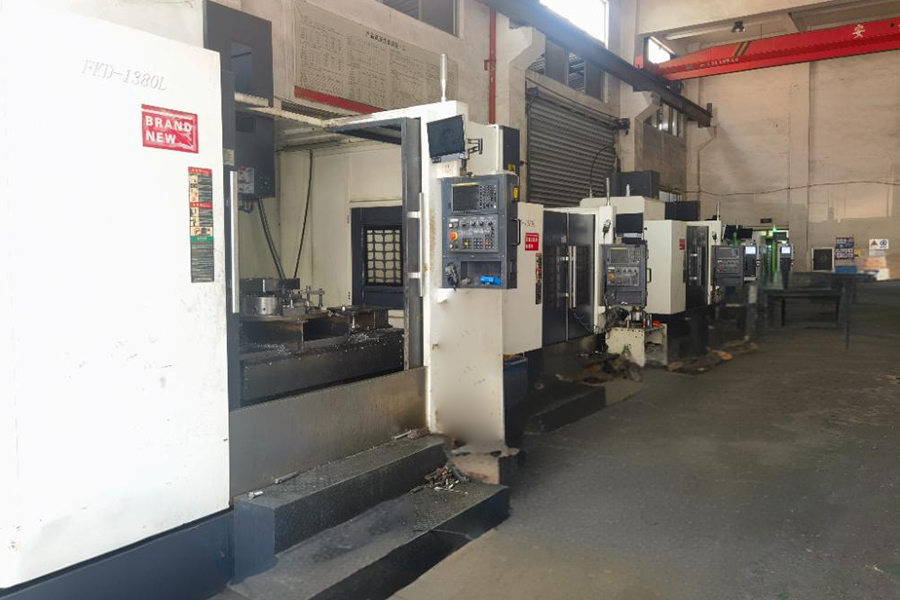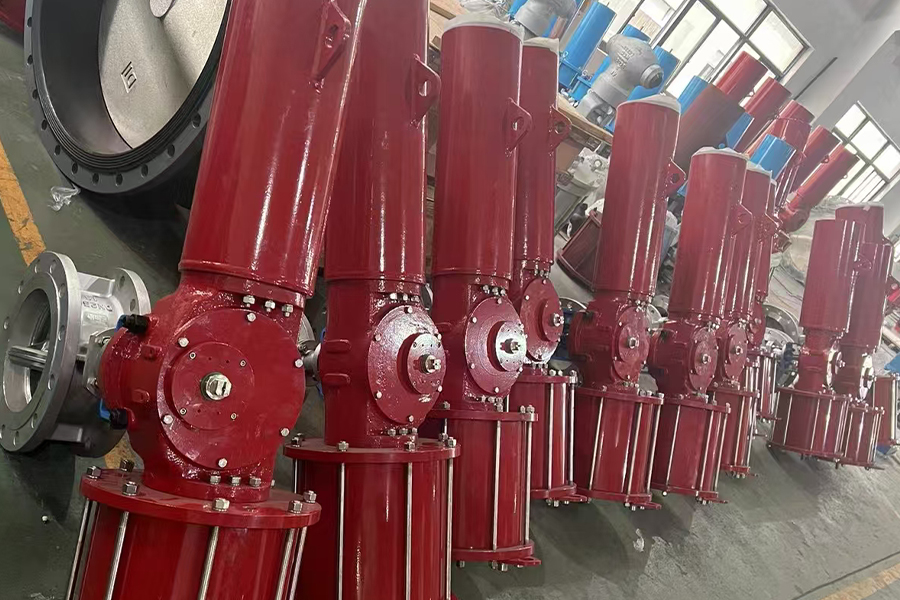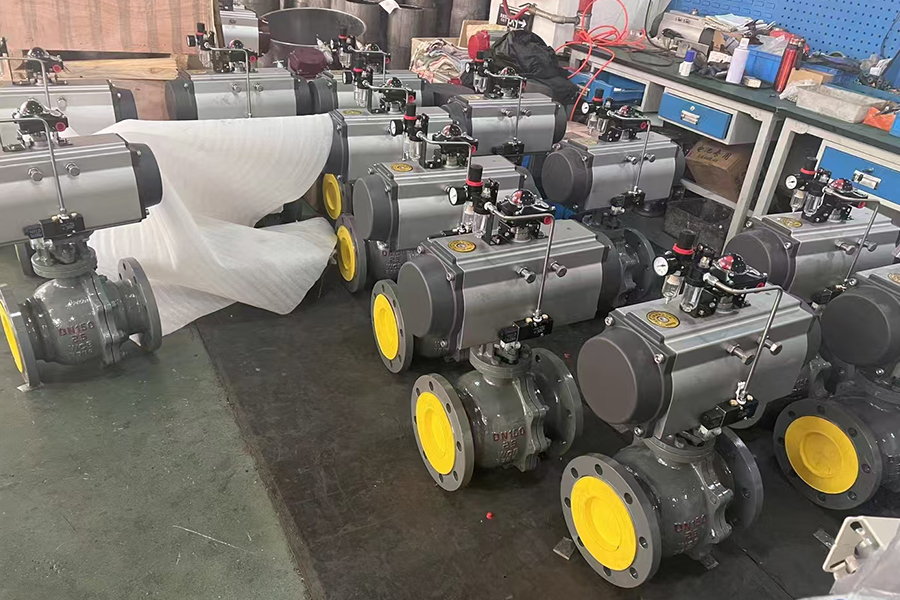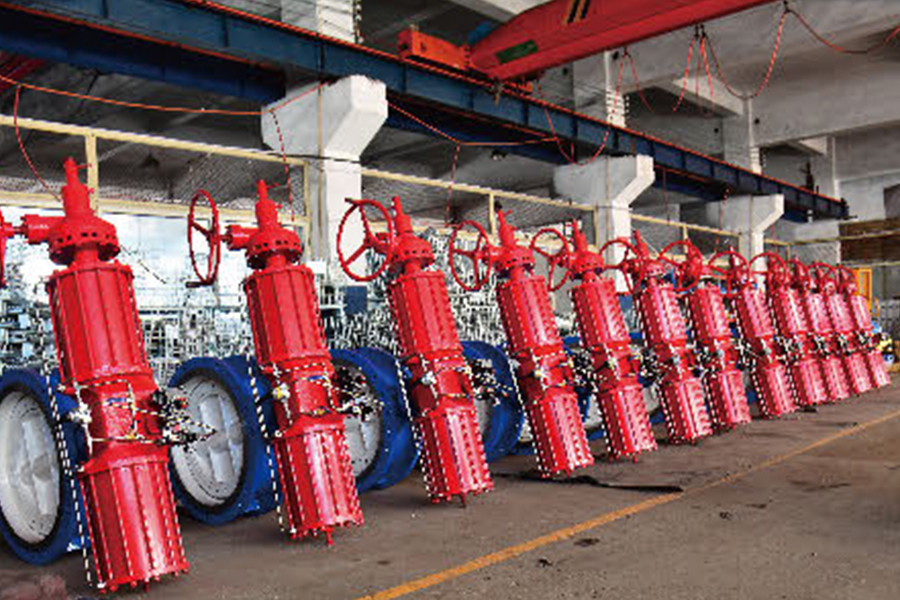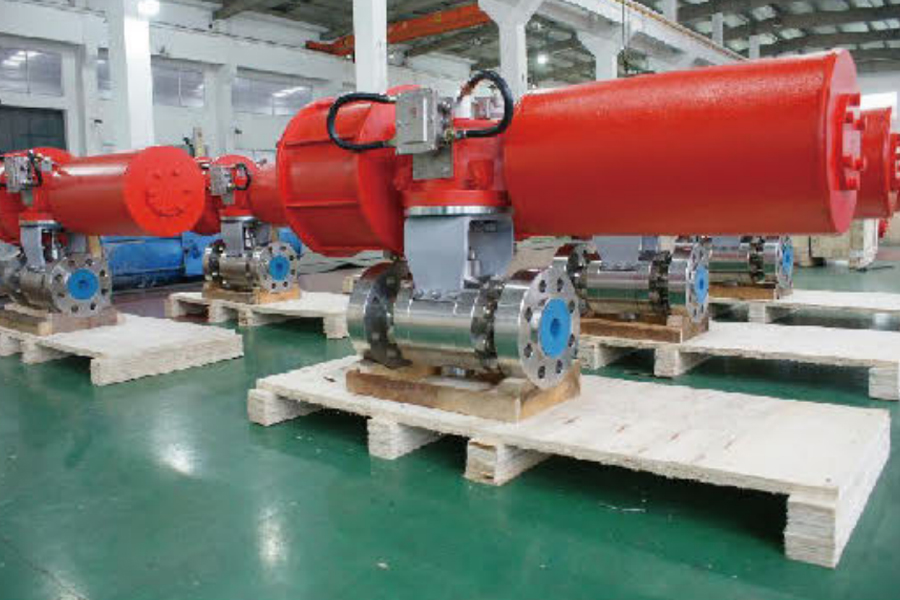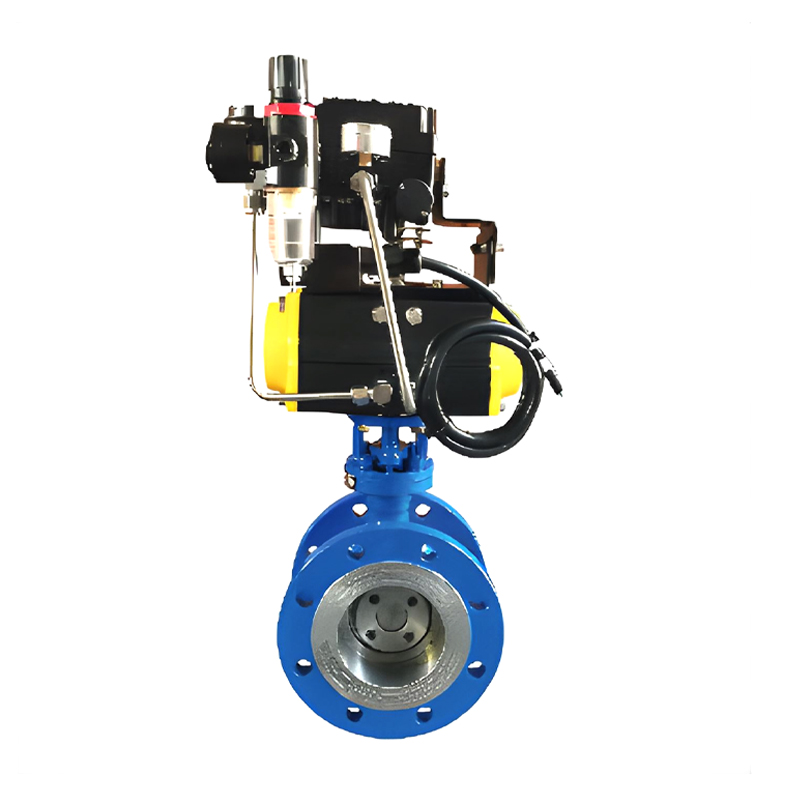
Pneumatic butterfly valves are widely used in various industrial applications, including water treatment, chemical processing, HVAC systems, and food and beverage production. These valves are known for their simple design, ease of operation, and cost-effective maintenance. For engineers and procurement specialists, understanding the sizes and pressure ratings offered by a Pneumatic Butterfly Valve Manufacturer is essential for selecting the right valve for a specific system.
Valve Sizes
The size of a butterfly valve refers to the diameter of the pipeline it can control. Pneumatic Butterfly Valve Manufacturers generally provide a broad range of sizes to accommodate different flow requirements. Smaller valves typically start at around 2 inches (50 mm) in diameter, which are suitable for laboratory systems, small pumps, or minor process lines. Mid-sized valves often range from 4 inches (100 mm) to 12 inches (300 mm), commonly used in municipal water systems, HVAC installations, and moderate industrial applications. Large valves can exceed 24 inches (600 mm) or more and are employed in major pipelines or industrial plants requiring substantial flow rates.
Different manufacturers may offer intermediate sizes or customized diameters to match unique process needs. Selecting the correct size ensures efficient flow control and prevents problems such as excessive pressure drop, turbulence, or wear on the valve components.
Pressure Ratings
Pressure rating indicates the maximum pressure a valve can safely withstand while in operation. It is a critical factor that affects both safety and performance. Pneumatic butterfly valves typically come with pressure ratings ranging from low to moderate pressures, although some designs can handle higher pressures depending on their construction and materials.
For general industrial applications, valves may have pressure ratings around 150 psi (approximately 10 bar). These are suitable for water distribution, HVAC systems, and non-corrosive fluids. For more demanding systems, such as chemical processing or steam handling, higher pressure options around 300 psi (20 bar) or above may be available. The specific rating often depends on the valve's disc material, body design, seat type, and actuator configuration.
Material Considerations
The pressure rating is closely linked to the materials used in the valve. Common body materials include stainless steel, carbon steel, ductile iron, and aluminum, while the disc may be stainless steel, coated steel, or other corrosion-resistant alloys. The seat material, often EPDM, PTFE, or NBR, also affects the maximum allowable pressure and the types of fluids the valve can handle. Manufacturers usually provide detailed charts showing the pressure rating for each size and material combination, allowing engineers to make informed choices.
Customization and Standards
Many Pneumatic Butterfly Valve Manufacturers offer options to customize both size and pressure rating. Standard valve designs often comply with international standards such as ISO, ANSI, or DIN, ensuring compatibility with existing pipelines. Customization may involve adjusting the valve diameter, choosing a specific pressure rating, or incorporating specialized actuator types to meet automation requirements.
Selecting the right pneumatic butterfly valve requires understanding the range of sizes and pressure ratings offered by manufacturers. From small 2-inch valves to large 24-inch or more, and from low-pressure to moderate or high-pressure ratings, there are solutions suitable for industrial needs. Paying attention to the materials, seat type, and compliance with standards can ensure safe operation and long-term reliability. Consulting with a Pneumatic Butterfly Valve Manufacturer directly can help identify the suitable option for specific applications, providing both performance and efficiency in your system.








